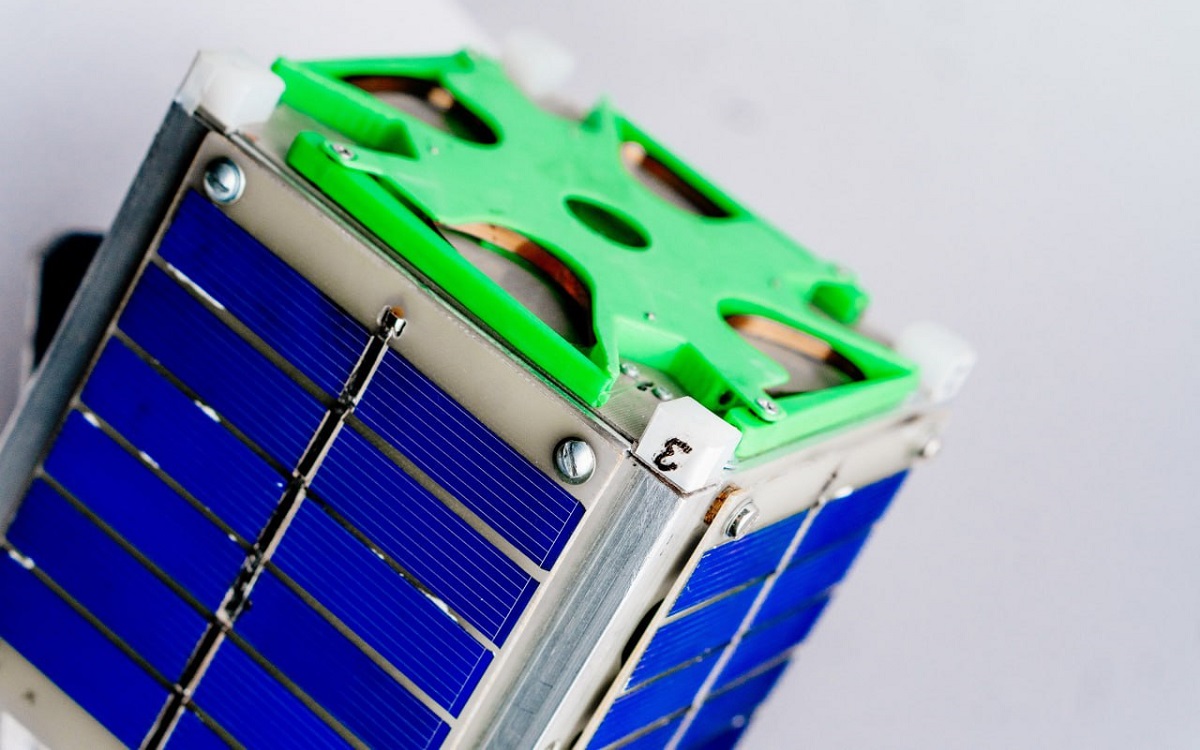MAI students invented analogue of the "smart house" for satellites

Moscow Aviation Institute students worked out the technology of wireless data transmission, which will make it possible to assemble satellites in space.
It is often quite difficult to assemble the entire satellite of optimal design on Earth, so that it fits under the fairing of the launch vehicle. The modular method of assembly in orbit solves the problem, due to the small size of the components.
– Over time, there will be more and more modular vehicles in orbit. That is, they will be assembled right in space, like Lego," said Klim Predein, the co-author of the project, a student of the Institute No. 6 "Aerospace". – Imagine that we launch two separate full-fledged satellites into the orbit – one of them with a volumetric battery, and the second with a large antenna. With the help of a manipulator in space, it will be possible to assemble a new single satellite with improved characteristics. At the same time, all data exchange between the components will be conducted via the radio channel.
The idea of the project is to replace wired connections in spacecraft with wireless ones. This will allow the satellites to be linked together in orbit, like train cars. Additional advantage of this approach will be the possibility of rapid and repeated assembly and disassembly of vehicles in space, for example, when individual elements fail.
– Our idea might be described using the concept of a "smart house", in it different devices – from a kettle to a refrigerator – are interconnected wirelessly. The idea is that in the form of such a house, we represent a spacecraft in which the role of individual gadgets is performed by onboard systems that interact with each other using radio signals," notes Klim Predein.
MAI students conducted comparative tests of several radio communication protocols at once, including Wi-Fi and NRF24L01. The experiment took place on the basis of a prototype of a small 10×10×10 cm satellite, which was created at MAI student design bureau. Radio communication modules were placed in the satellite layout and at some distance from it, after that the data transfer rate between the two devices was measured. NRF modules were the fastest.
At the next stage, the students plan to increase the number of satellite prototypes participating in the experiment, each of which will have a wireless data transmission module installed. This will allow us to work out the technology on the ground. The developers will also have to choose components for optimal operation of the system.
The work has been carried out since 2021 as part of the program for the support of talented youth "Umnik" from the Foundation for the Promotion of Innovation. In two years, the backbone of the team of four MAI students was formed. Currently the students are applying for a patent. At the same time, they did not find any rivals to their system on the market.
Now they are planning to receive a Student Startup grant from the Innovation Promotion Foundation for their project. In the future, they aim at creating several working satellites and sending them into orbit to test wireless data transmission technology in cooperation with Roscosmos.